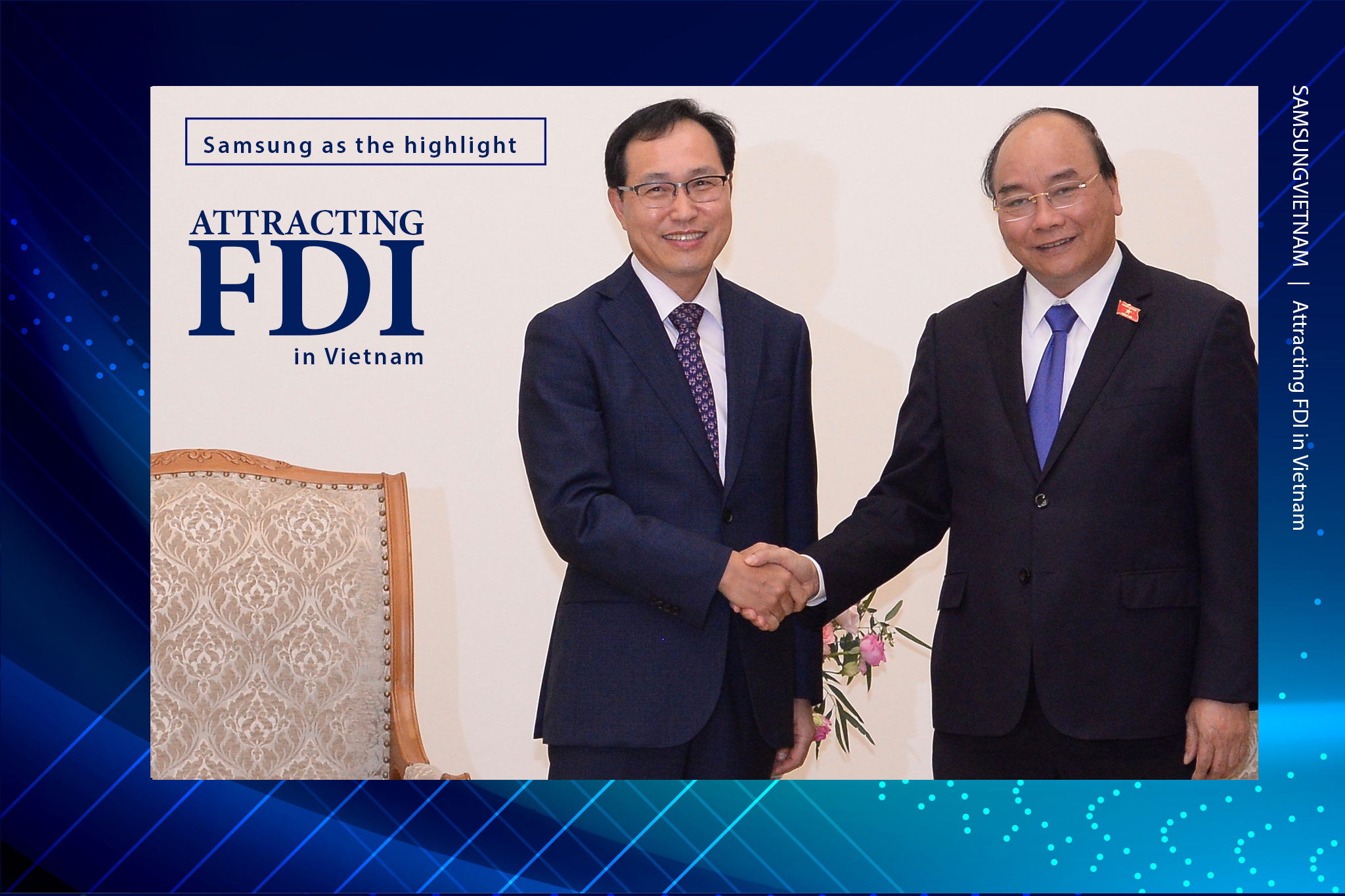
Over the past 30 years of attracting foreign investment, Vietnam has become known for its significant achievements. During that time, foreign capital flows have created “impulses” for development, investment and utilization of Vietnam’s inner strengths and potential.
During that 10-year 'journey', Samsung has risen as the highlight of FDI enterprises with impressive and sustainable growth.
“Meaningful” numbers
According to accumulated statistics from the Vietnam Foreign Investment Agency (Ministry of Planning and Investment), until 20 September 2019, there were 29,854 valid projects nationwide with total registered capital of approximately USD 358 billion and total implemented capital of about USD 206 billion, equivalent to 57.6% of the total valid registered capital.
Minister of Planning and Investment Nguyen Chi Dung said:
“Operating foreign investment projects have made great contributions to the country's socio-economic development. The proportion of foreign investment in the total investment capital has increased gradually, from nearly 15% in 2005 to 23.7% in 2017. In 2008, this figure reached 30.8%.”
Additionally, there have been increasing contributions from the FDI sector to national economic growth. From 1986 – 1996, the foreign investment sector only contributed 15.04%, but that rose to 27.7% from 2010-2017. Furthermore, the value of budget submissions also increased from USD 1.8 billion (1994-2000) to USD 14.2 billion (2001-2010). From 2011 to 2015, the regional budget reached USD 23.7 billion, accounting for nearly 14% of the total budget. In 2017, the FDI sector contributed USD 8 billion to the state budget, accounting for 14.46% of the total.
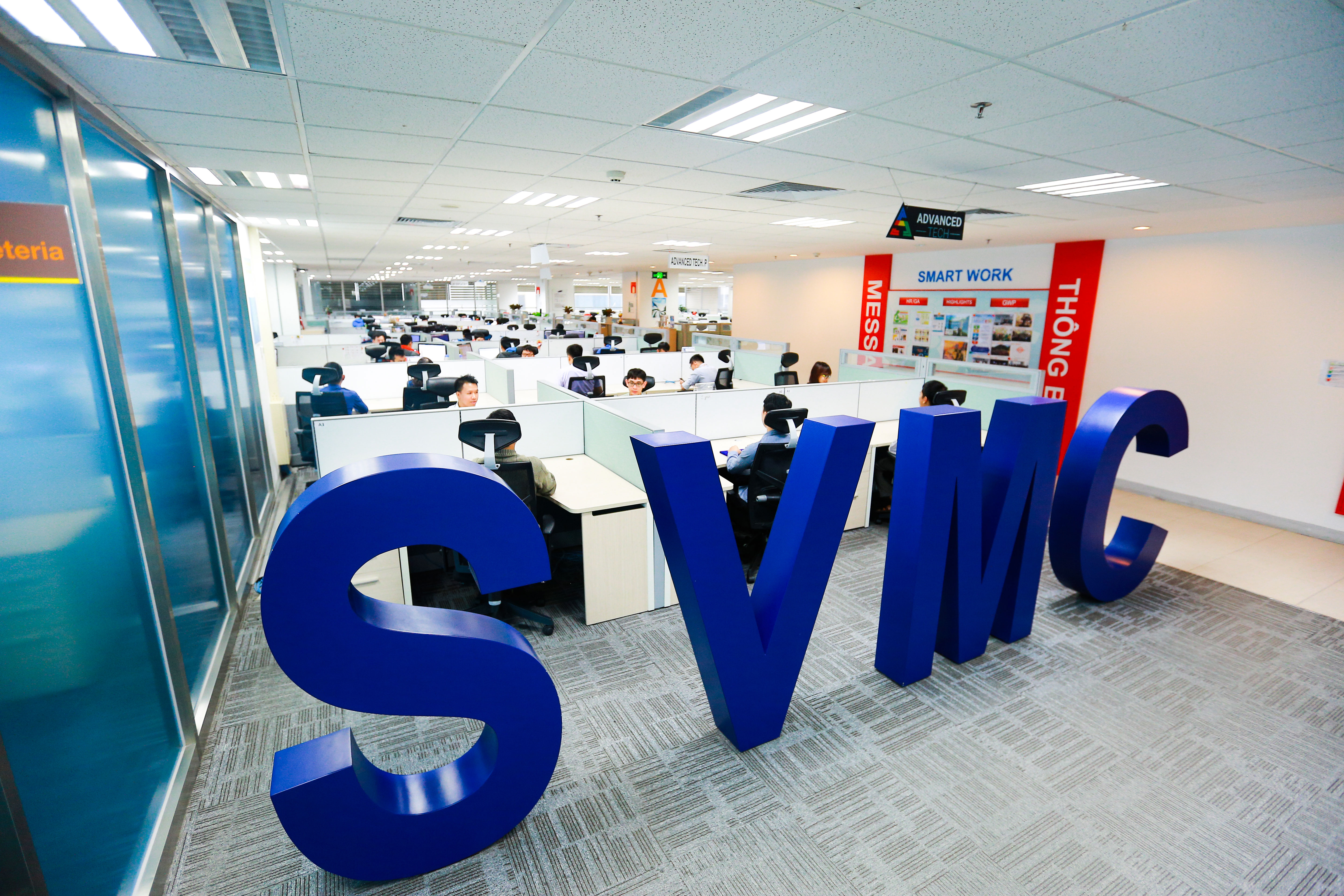
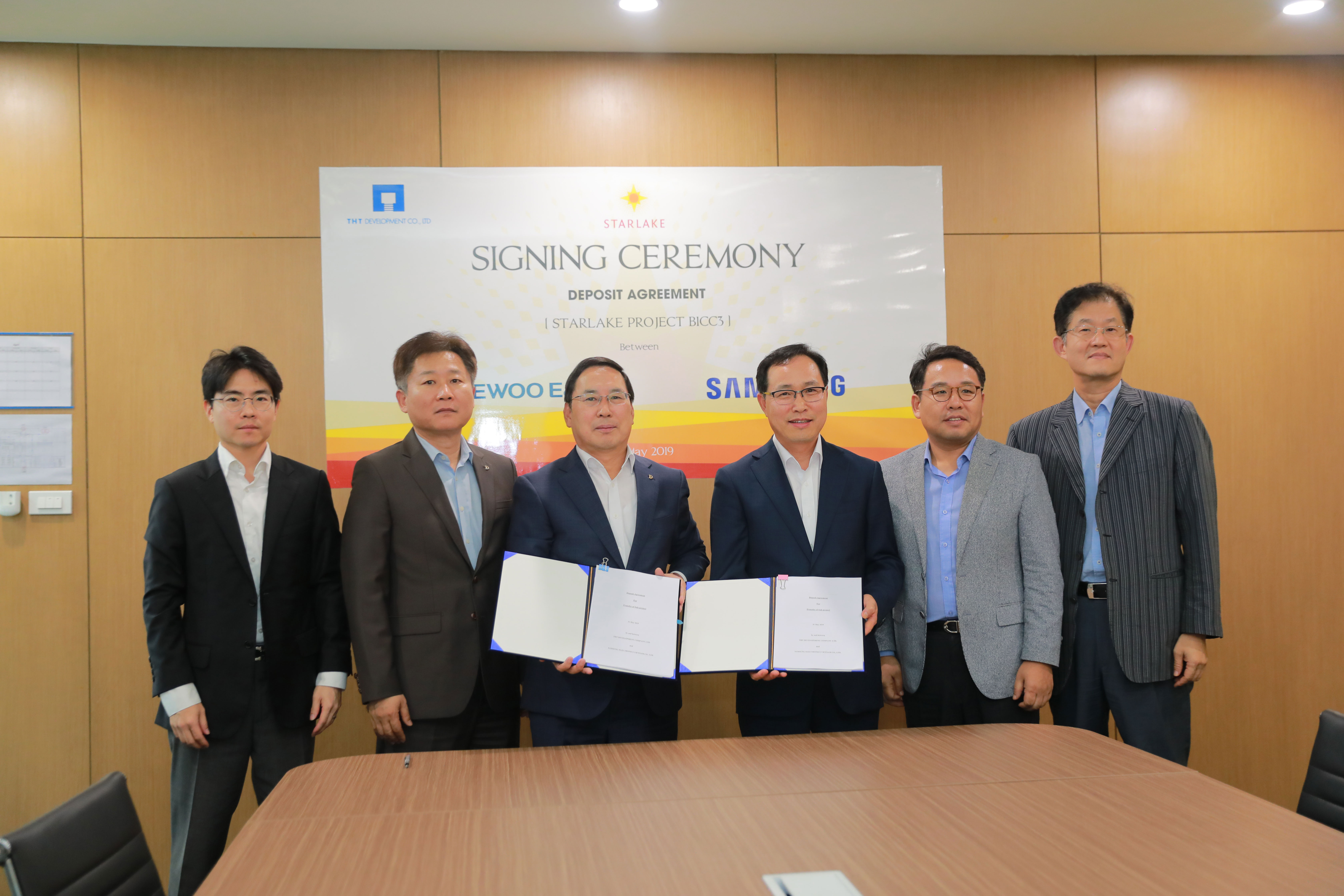
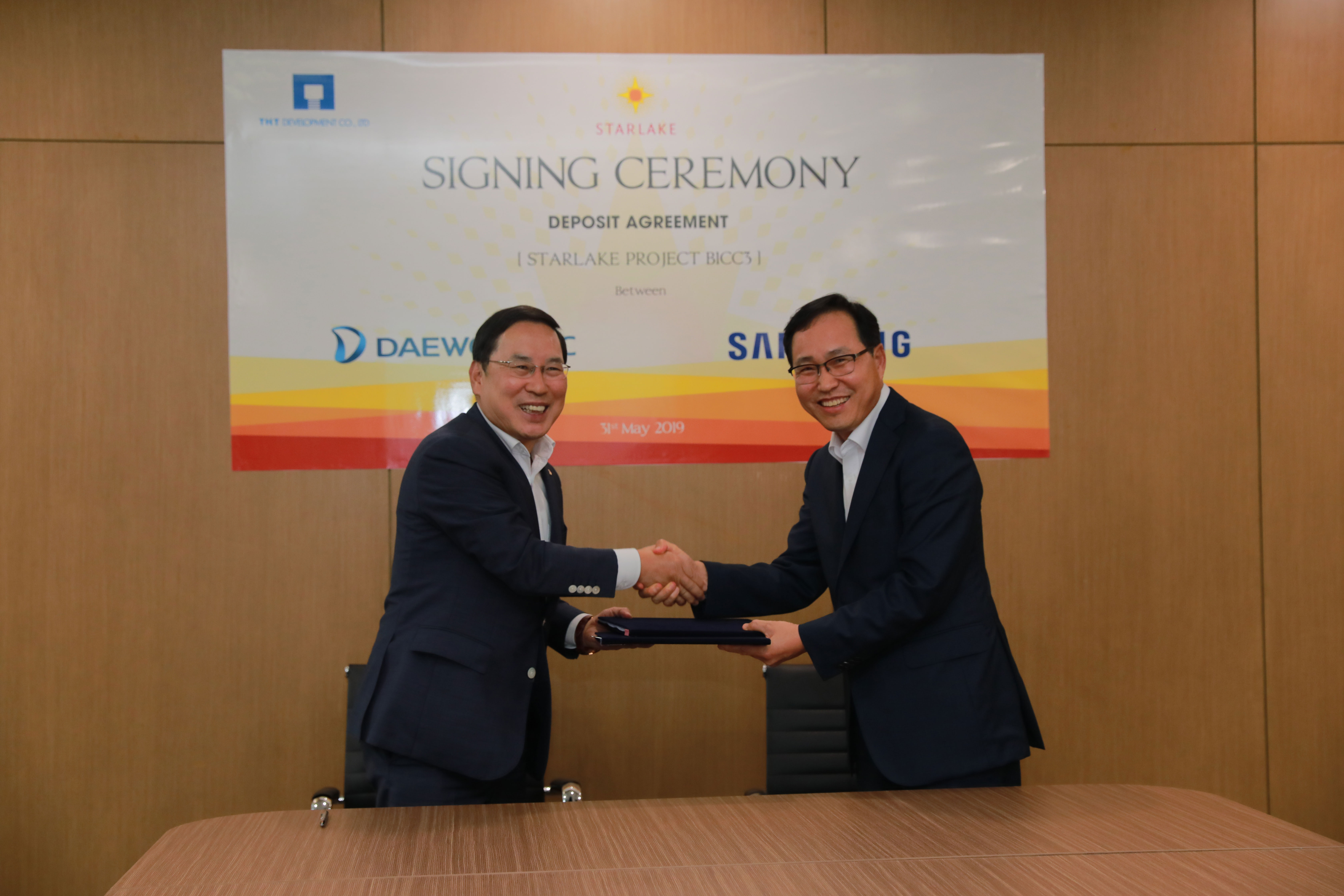
Besides these financial contributions, foreign investors also play a crucial part in developing a high-quality service industry, creating new distribution procedures for consumer goods, stimulating domestic trade as well as employing local people.
In 2008, after officially being issued with an investment license, Samsung laid down its initial plans, 10 years later, the South Korea group has witnessed spectacular growth from investing USD 670 million invested to USD 17.3 billion, which has turned Samsung into Vietnam’s largest foreign investor.
Currently, Samsung has 6 manufactories and 1 Research & Development (R&D) center in Vietnam, of which SEV (Bac Ninh) and SEVT (Thai Nguyen) are Samsung's largest mobile manufactories in the world, SEHC (Ho Chi Minh City) – the electronic home appliances manufactory, and SVMC - Samsung's largest R&D center in Southeast Asia.
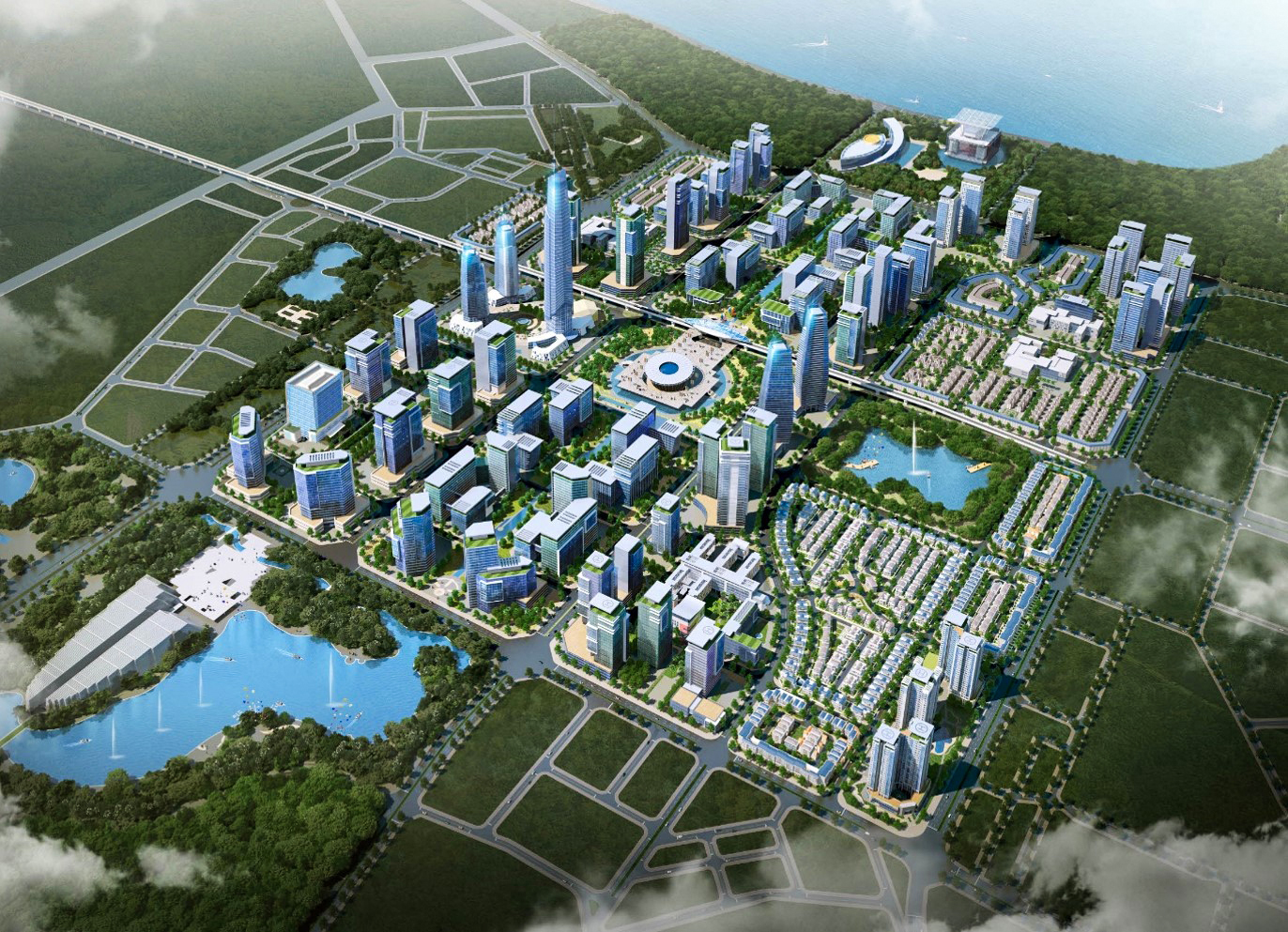
n recent years, despite the instability of the global economy as well as the saturation of the mobile phone market, Samsung has always endeavored to contribute to the development of Vietnam's economy. In the past 2 years, the mobile phone market has always grown negatively. However, in 2018, Samsung's exports reached more than 60 billion USD, accounting for 25% of Vietnam's total exports with the consensus of all our employees. In 2019, phone exports are expected to remain stable despite a downward trend.
In a meeting with Samsung Vietnam's leader, Prime Minister Nguyen Xuan Phuc affirmed that foreign investment enterprises were crucial elements of Vietnam's economy, especially Samsung Group with its high investment capital and, great contributions to national export turnover and unemployment issues.
The Government leader said he will continue to support and create favorable conditions for Samsung to expand its investment and operation scale in Vietnam; thereby maintaining and encouraging the export of Samsung products. The Prime Minister also suggested that Samsung should strive for stable and continuous development in order to boost Vietnam's economic development process.
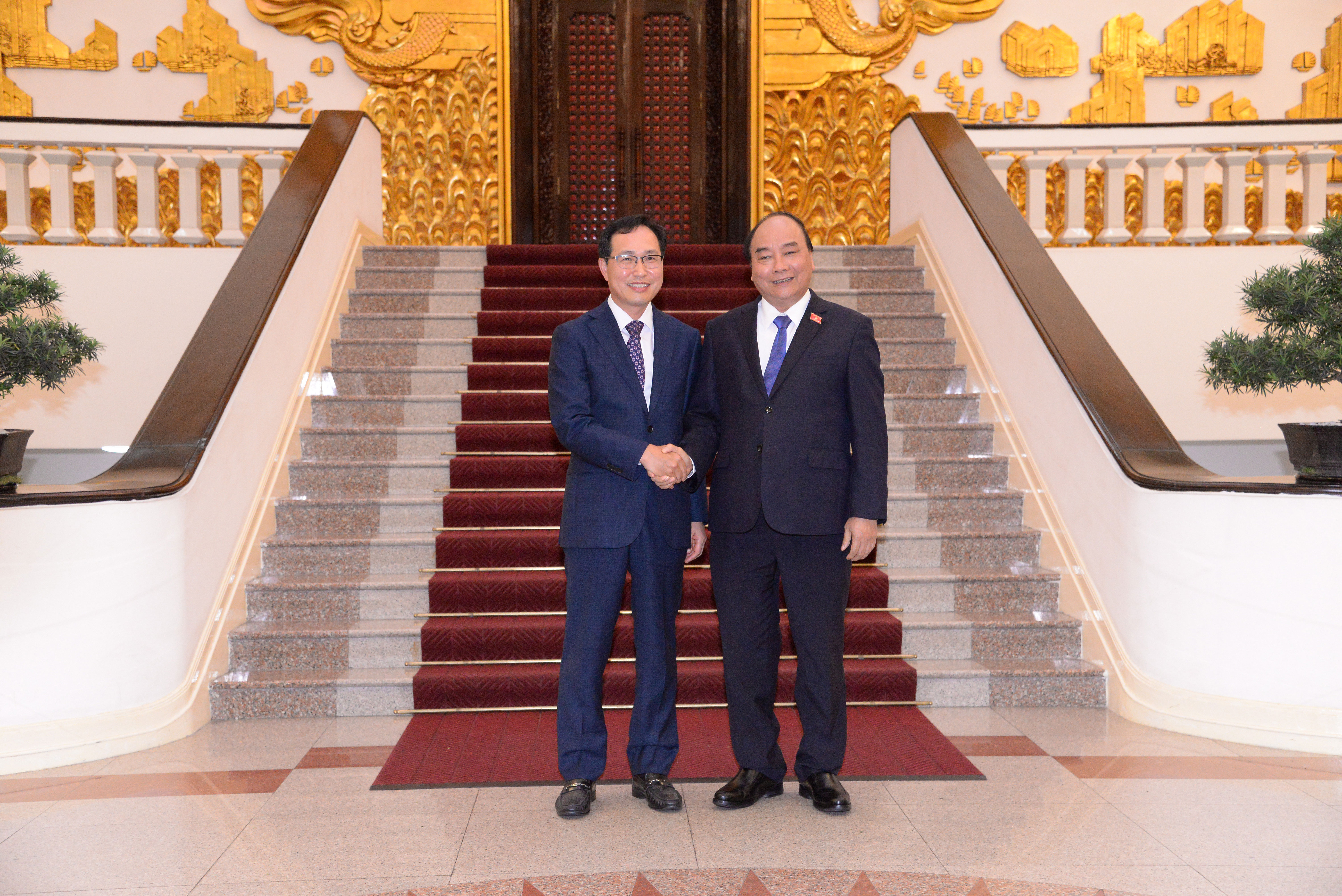
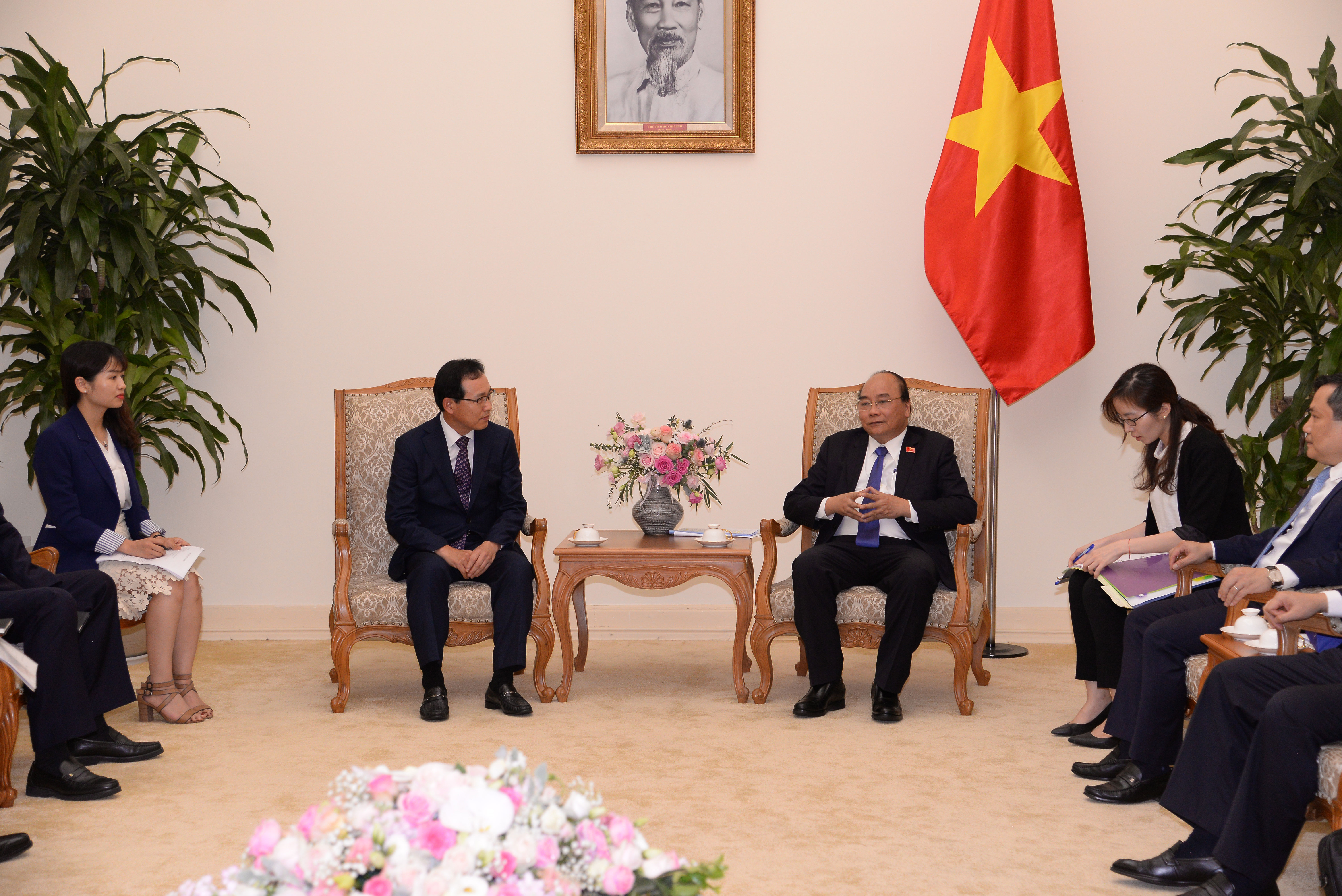
Ready for the new generation of FDI
The whole world enters the fourth industrial revolution with massive changes. As a result, it’s isessential that a new generation of FDI is attracted towards labor productivity and high technology.
A report from the International Finance Corporation (IFC) indicates that Vietnam is in need of a strategy to effectively attract this new generation of FDI, utilize the industrial revolution 4.0 by changing production process basing on technology and promote the development of smart industry. Accordingly, improved efficiency in the manufacturing industry could be achieved, thus opening up new business opportunities by focusing on connectivity.
Lately, for the first time after 30 years of attracting FDI, the Politburo issued Resolution No. 50-NQ/TW as an orientation for attracting a new generation of high quality FDI.
At a regular Government meeting in May, the Ministry of Planning and Investment was officially assigned to complete the strategy of attracting new FDI, particularly, focusing on solutions to increase connectivity, technology transfer between foreign investment enterprises and domestic enterprises, and finally continueing to attract high-technology FDI.
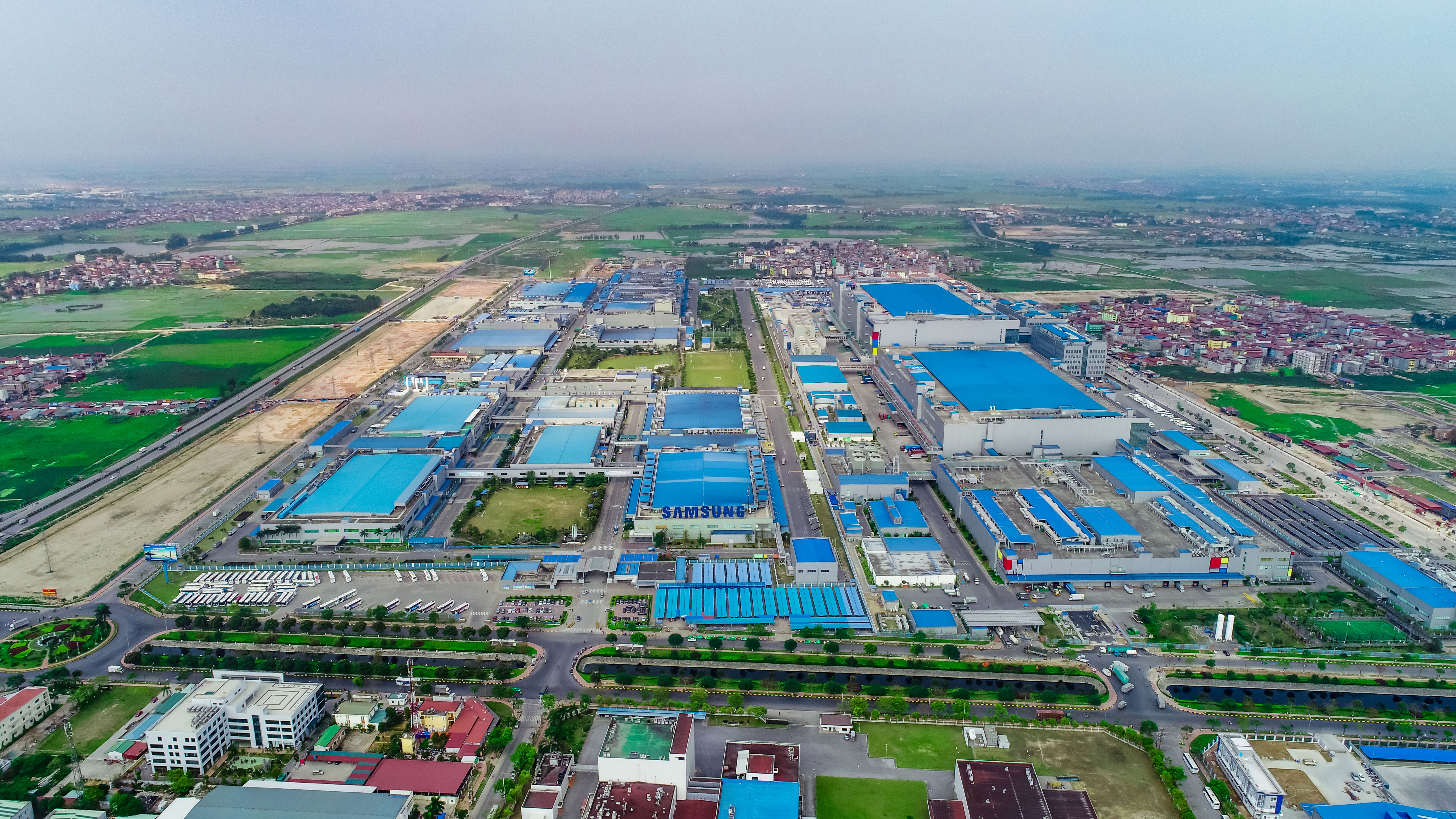
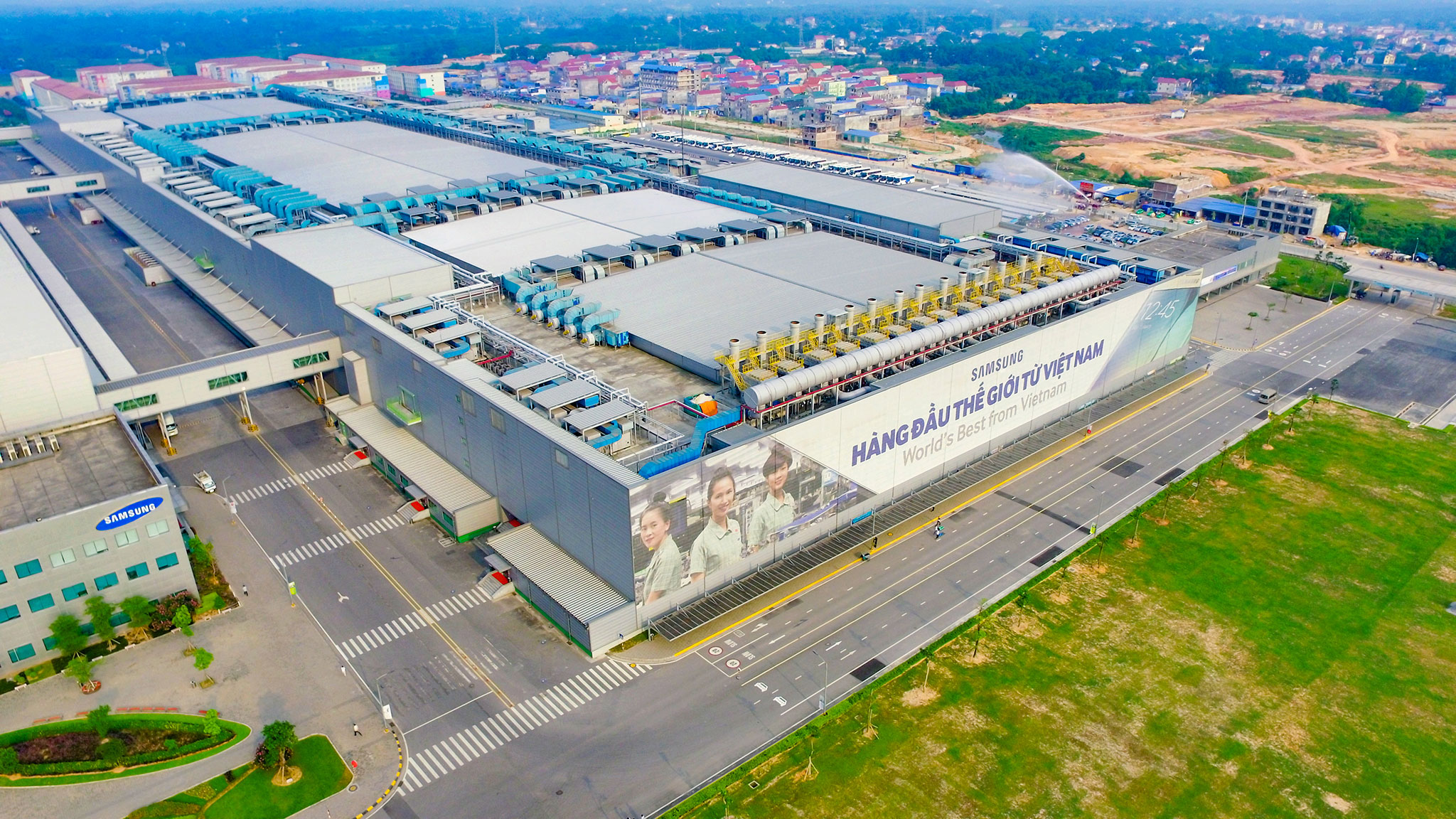
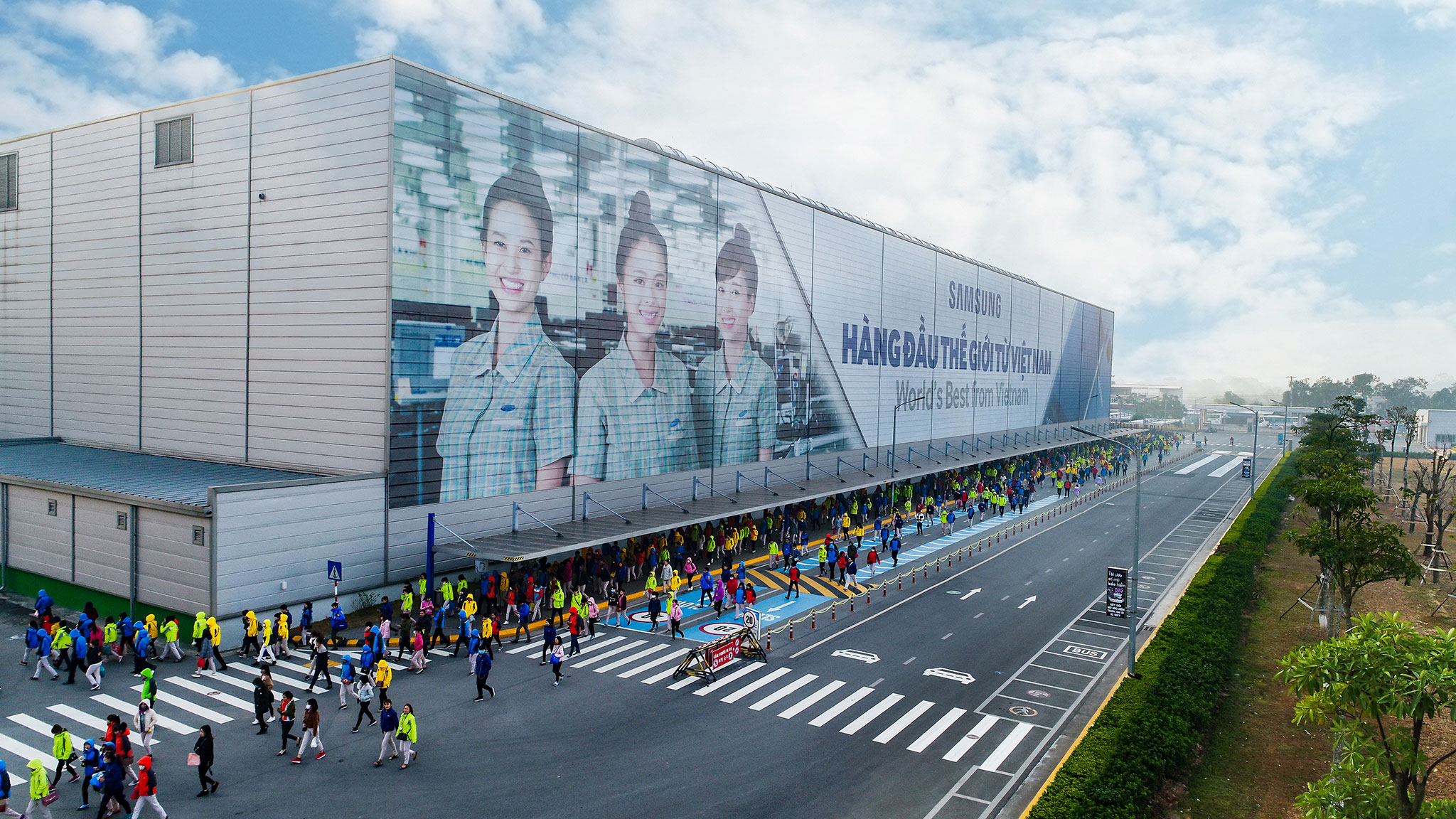
Minister of Planning and Investment Nguyen Chi Dung shared that, Vietnam will become more efficient in attracting and handling foreign investment qualitatively and quantitatively in terms of scale and depth. This will ensure sustainable development, and encourage innovation and creativity. Notably, Vietnam will focus more on createing firm links between foreign investment enterprises and domestic enterprises, thereby leveraging the position of Vietnam in the global production network as well as the global supply chain, and at the same time improving Vietnamese’s qualifications and creativity.
According to experts, it’s worth mentioningthe contribution of South Korean investors in Vietnam’s initial efforts to attract new FDI. Until now, South Korean enterprises have focused on technology transfer labor benefits, job training, and social security; helping Vietnamese enterprises to gradually join the global value chain by increasing the localization rate.
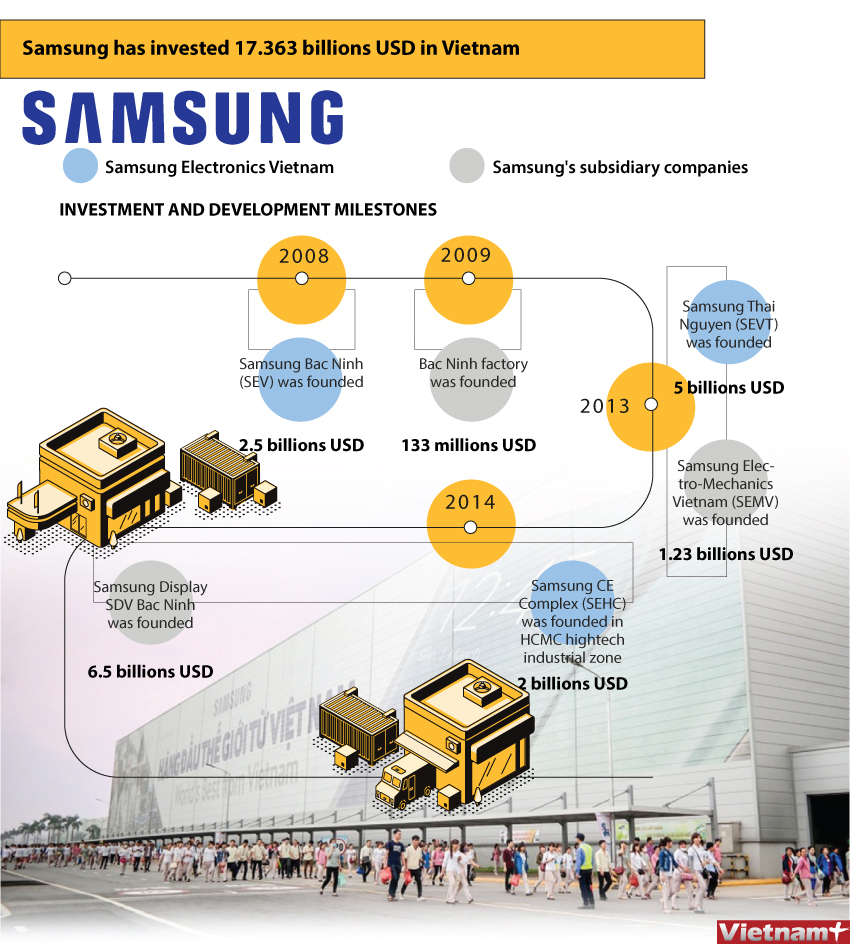
Thanks to Samsung’s efforts over the last 10 years, the enterprise will continue to be the leader of FDI enterprises in Vietnam. This isdemonstrated via Samsung leaders’ long-term commitment to Vietnam and Samsung’s second breakthrough and another Research and Development Center (R&D) in a new urban area in the West Ho Tay, a convergence of thousands of high-tech local engineers.